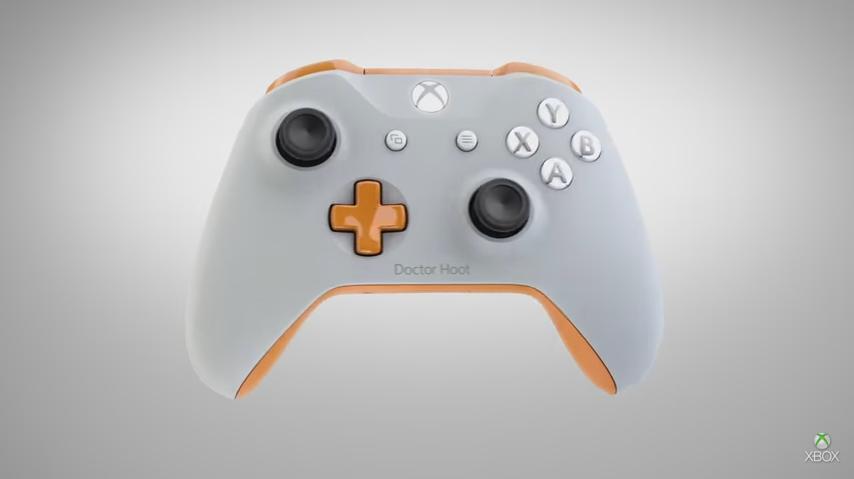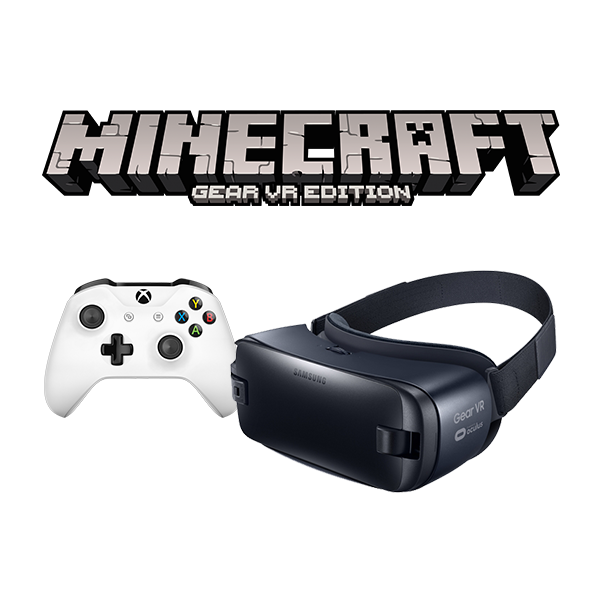

Paint VR, meanwhile, is like a scaled-down version of Google’s brilliant Tilt Brush for Vive and Oculus Rift, and it’s fun to doodle in 3D space all around you. Dragon Front, a collectible card game battler, lets you move spawned fantasy units to the board with ease, and that’s just a taste of what you’ll find right now. In many cases, these are just existing Gear VR games updated to be more comfortable with the controller.ĭrop Dead is a fun, albeit simplistic option, in which you’ll blast off zombie heads with ease using the controller, while Rangi is a cool environmental puzzler that’s not quite as complex or maddening as The Witness, but is solidly compelling all the same. Just one week after launch, the number of controller-enhanced games and apps has quickly doubled – it’s up to 35 as of this writing, whereas there were maybe 15 to 20 listed on the Oculus storefront upon release. That’s an awkward little niggle, but again, we’re talking about affordable mobile VR – there are tradeoffs.

The Gear VR will gradually lose its positioning as you move and jostle the remote, but point forward and hold down the little Home button and you’ll be back at center. There is one downside, however: you will frequently need to recenter the controller during play. It’s solidly responsive, is precise for aiming weapons and nailing headshots, and feels nicely built all the while. You’ll see it come to life in games as a magic wand or a gun, and the ability to have a motion controller react in the game as does in your hand really amps up the immersion. Without external sensors reading your movements, the Gear VR controller can’t offer the kind of incredible accuracy or complexity of interactions that we’ve seen with the Vive or the Oculus Touch controllers, but it does an admirable job thanks to a built-in accelerometer and gyroscope. No, I didn’t manage to wear them down in my week of testing, but it’s still annoying to have to buy replacements – Google’s Daydream View has a rechargeable controller that’s just a little bit more refined. The controller is powered by a pair of AAA batteries and is kept incredibly compact you can even slide it into the headset’s strap for storage. Meanwhile, there’s a nice big trigger on the bottom – ideal for shooters – and a few menu-centric buttons along the grip. The clickable touchpad is the biggest draw, and it can be clicked in various directions for different kinds of inputs depending on the game. It seems inspired by Google’s Daydream View remote and looks a lot like a scaled-down HTC Vive controller. Luckily, the Gear VR controller soothes all woes.

Having to maneuver your fingers to it while wearing the thing always leads to unintentional inputs, and if you’re playing for a long time and keeping your hand up, then your arm is sure to get tired. While the headset-bound touchpad is still there, it’s never been a particularly great way to interact with games. Still, overall, the entire process of snapping your phone into the headset, putting it on your head, and navigating the interface takes a matter of seconds. It’s slight, and it’s only noticeable when nothing is on your screen, but I did make an extra effort to minimize nearby lighting as a result.Īs before, there’s a physical dial up top to adjust the lenses to get your view as clear as can be. That said, I did notice additional light bleed coming from around the nose. While they still felt pressed up against your eyes in that model, there’s just enough breathing room here to make them reasonably comfortable inside. a small price to pay for a half-hour spent staring at Smash Hit, I suppose.Īdjustable Velcro straps from the sides and top help you find a snug fit on your dome, and actually, there’s one size enhancement over the original consumer version: more space for glasses.

Otherwise, the headset itself fits and feels a lot like it did before: it’s solidly comfortable and doesn’t feel too heavy on your face, although it still pinches my nose a little bit.


 0 kommentar(er)
0 kommentar(er)
